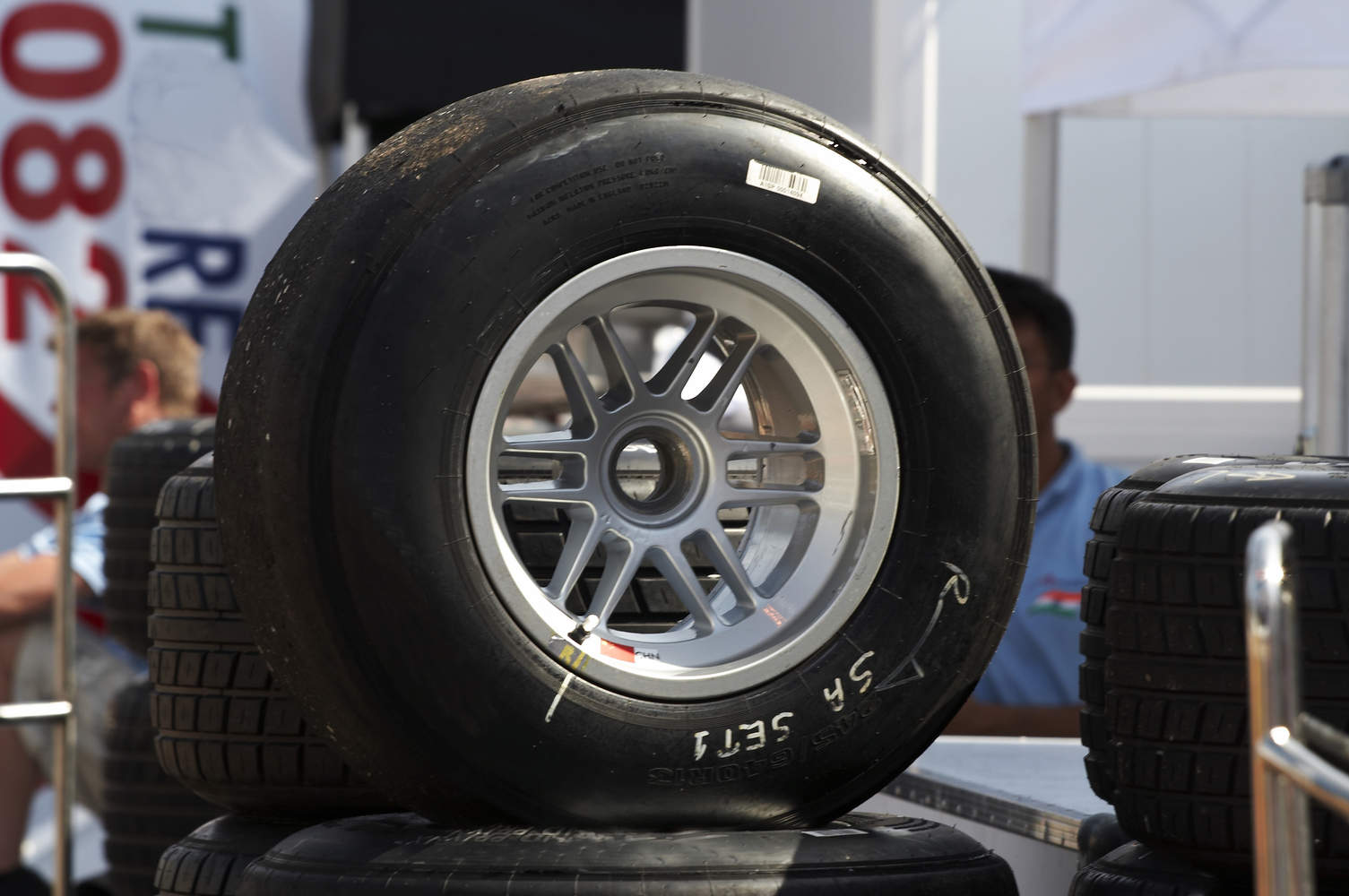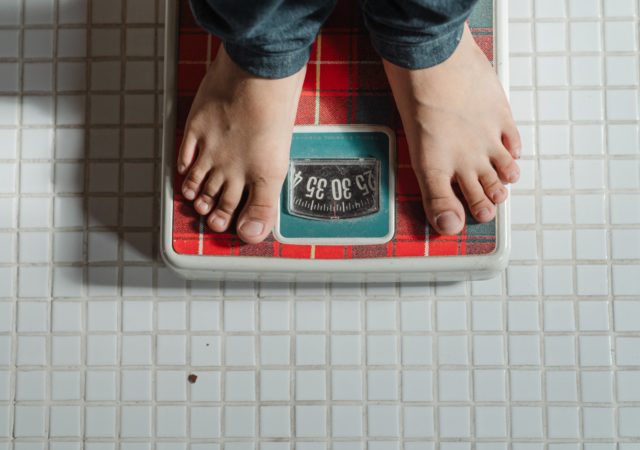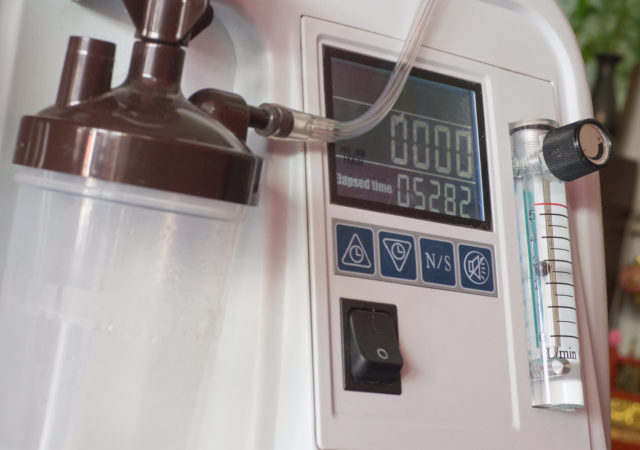The correct tire pressure can save you money and even save your life.
It’s one of the easiest to maintain and easiest to overlook things. The air pressure in your car’s tires needs to be maintained at the right level. If not, the power or efficiency of your engine won’t matter, its dynamic handling characteristics will be irrelevant, and its powerful brakes will be pointless. It can also get very dangerous, very quickly.
If your tires are underinflated, and it happens quite often, the car’s ride, handling, performance, and fuel economy will suffer. The life of the tires will shorten, and you may even get into a serious accident. Overinflated tires can also cause similar issues. It’s important to remember that the tire is an important part of your car. And it’s the air in the tire that’s carrying the vehicle. Four first-sized patches of rubber are all that connect your car to the road.
But it’s very easy to maintain the right tire pressure. Look for a sticker in the door jamb or the owner’s manual, and whenever you’re at a gas station, ensure you get the pressure corrected. Keep doing these checks regularly and especially before long drives.
Tire pressure can also change over time and with changes in temperature. Your tires normally will lose about one pound of pressure every month in constant temperature. Temperature changes in different seasons can affect pressure much faster. Every ten degree of change in temperature can result in a one pound pressure change in either direction.
A smart idea would be to invest in a digital tire pressure gauge that costs about $15 – $20. It has no moving parts and is likely to be more reliable than the mechanical gauges. Don’t rely on visual tests to gauge tire pressure. Even when the pressure is lowered by ten pounds, experts had a tough time telling the difference.
This happens because tires are far better today than they once were. The radial tires and run-flat tires available today are leaps and bounds ahead of what was available not too long ago. Run-flat tires with reinforced sidewalls are designed to carry the vehicle in case there’s a blowout and when the tire has no air in it at all. That is simply amazing. Despite that, you need to fill them up to the recommended pressure and keep checking it from time to time.








